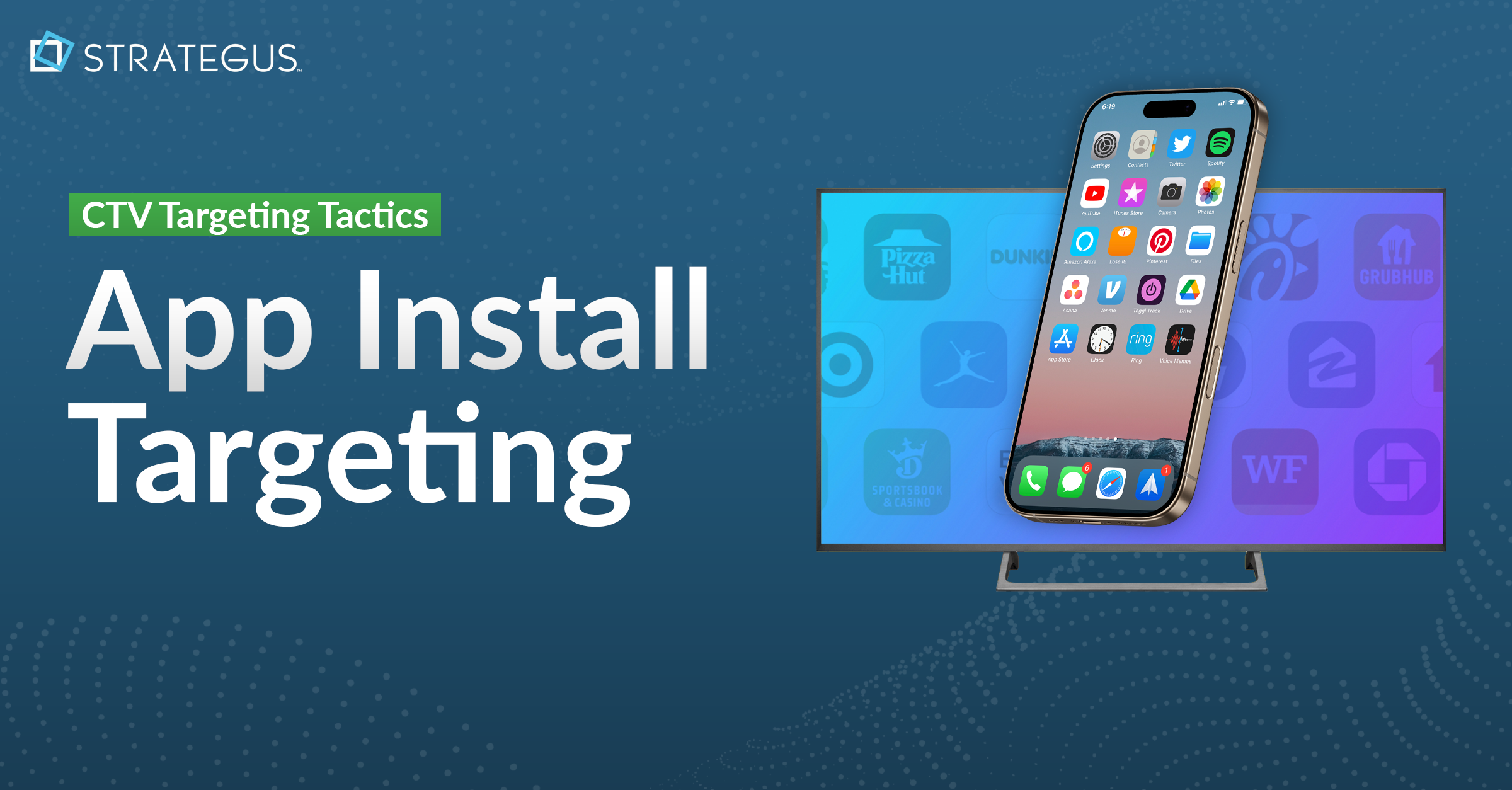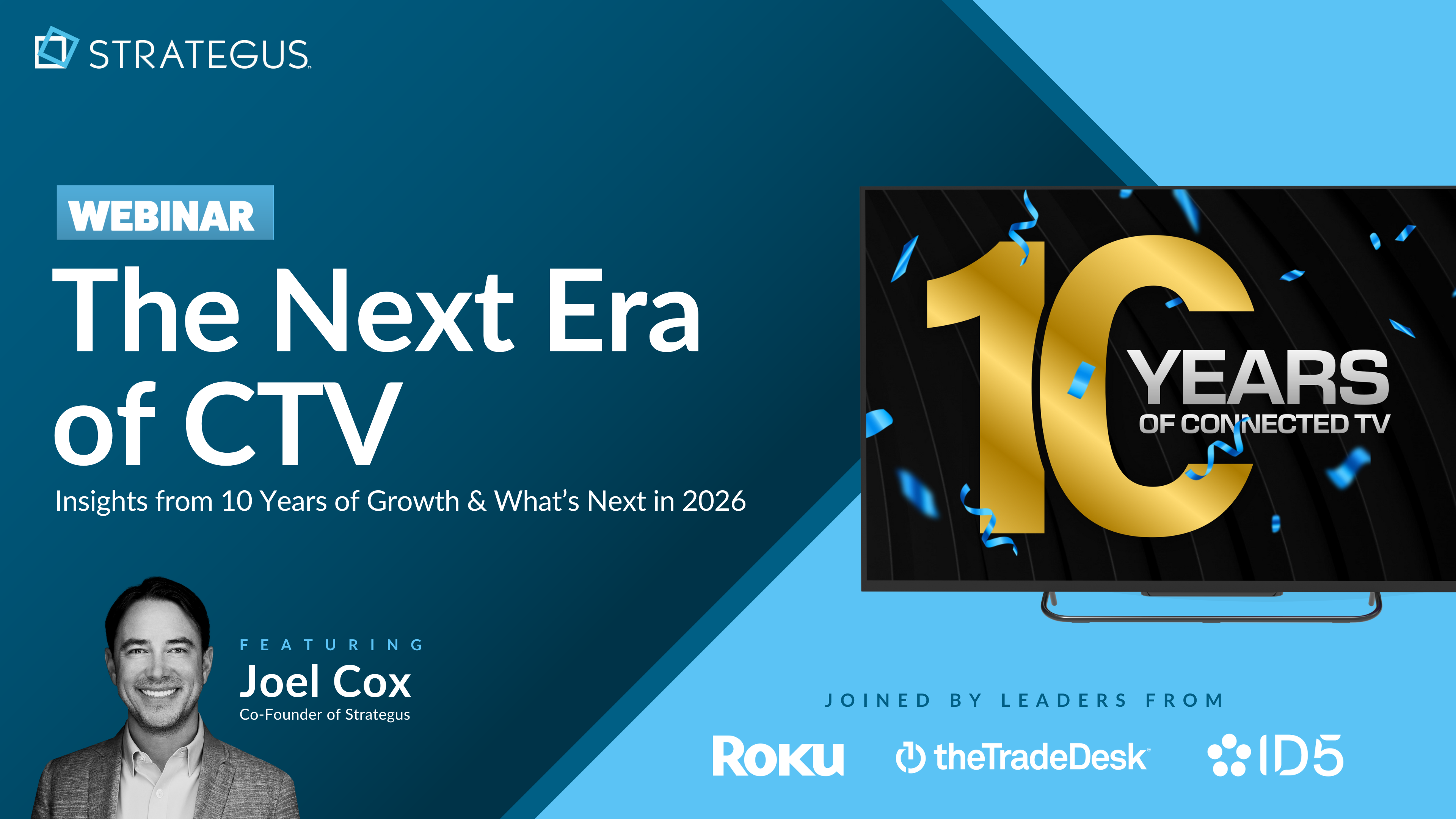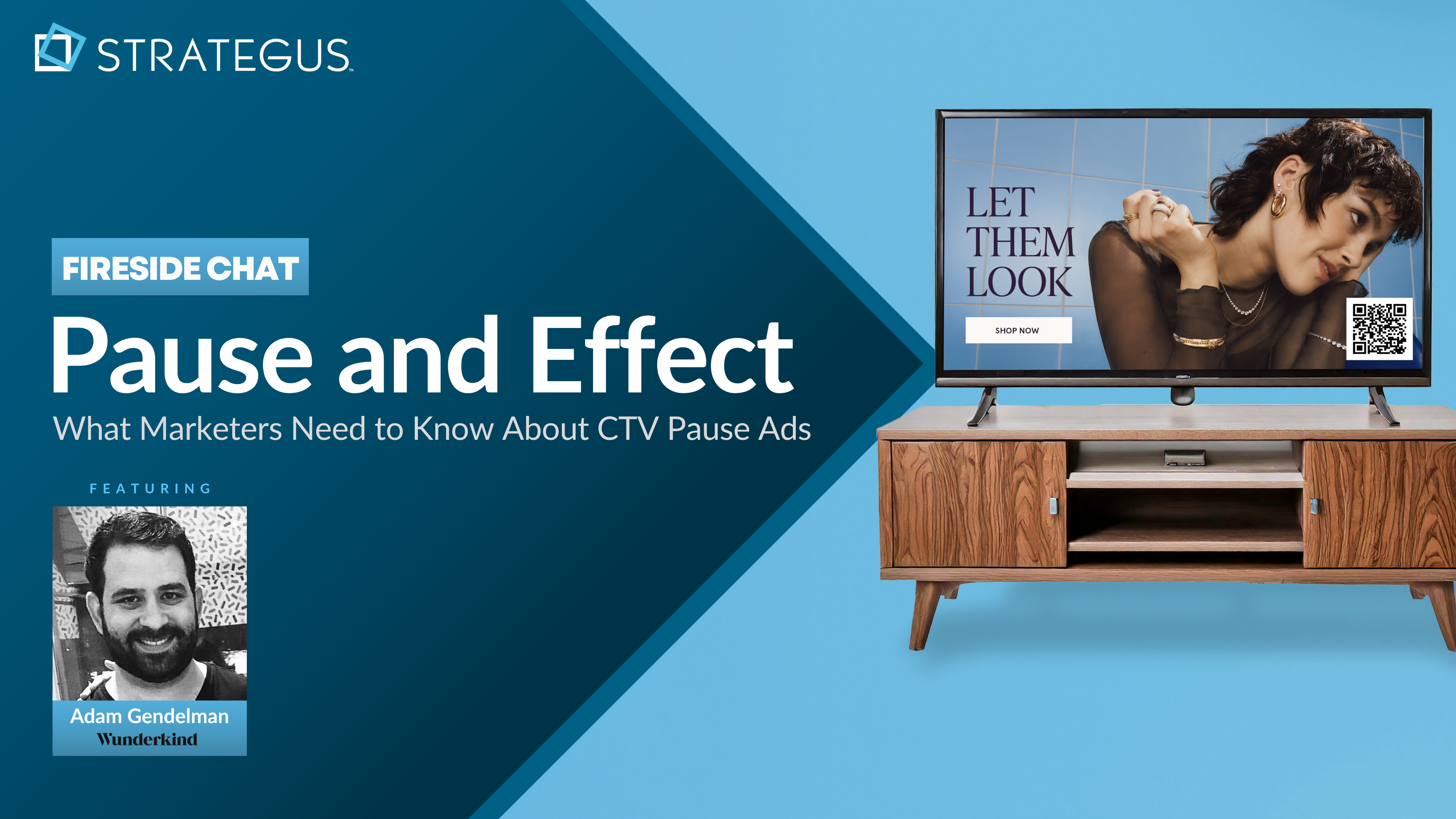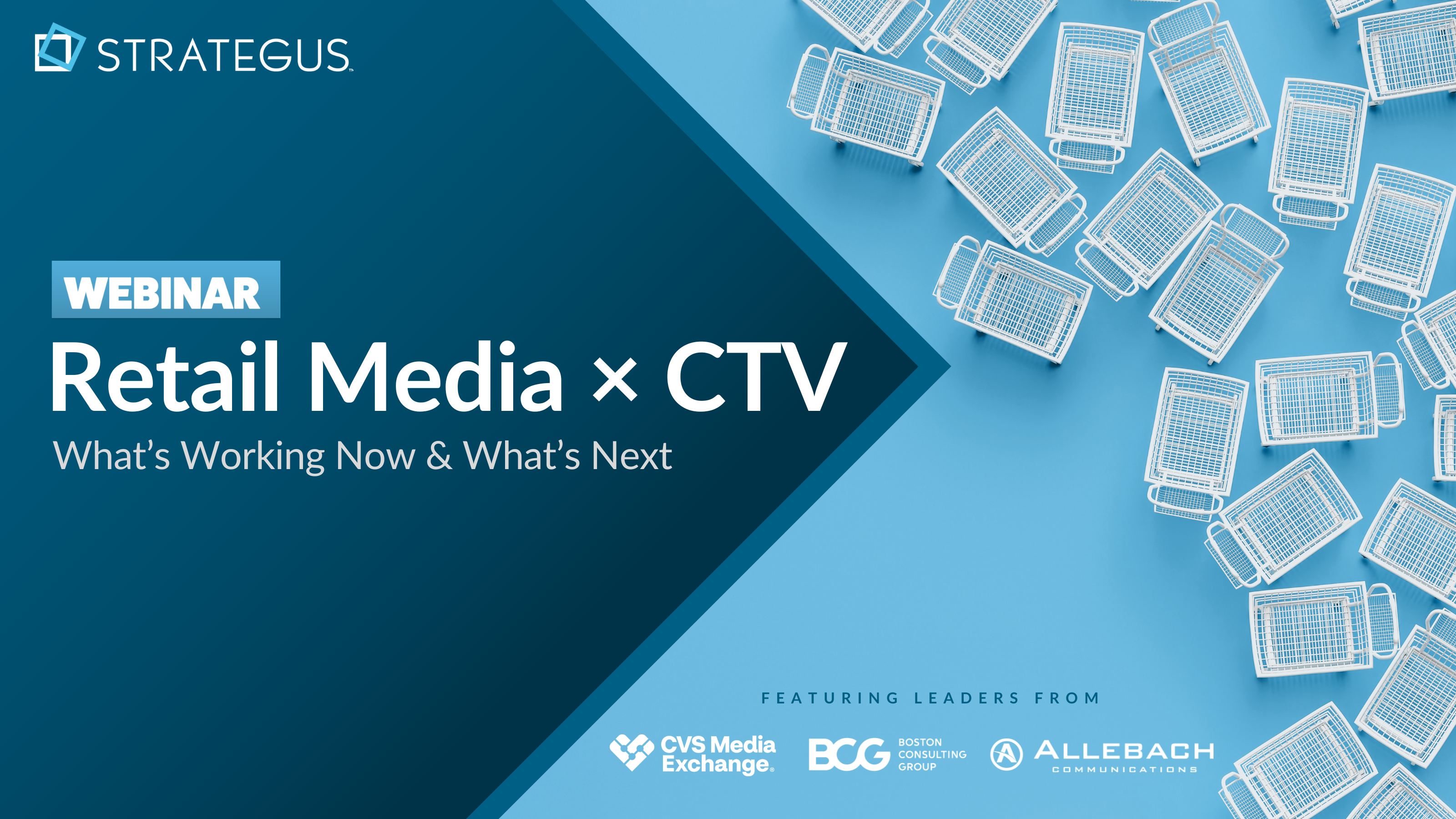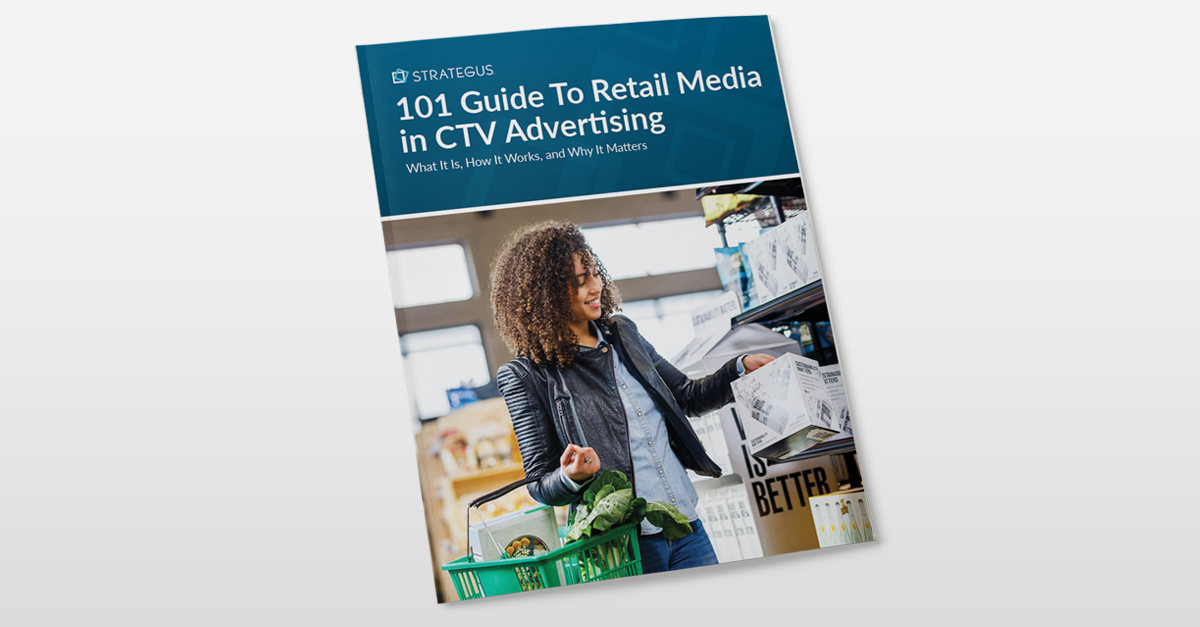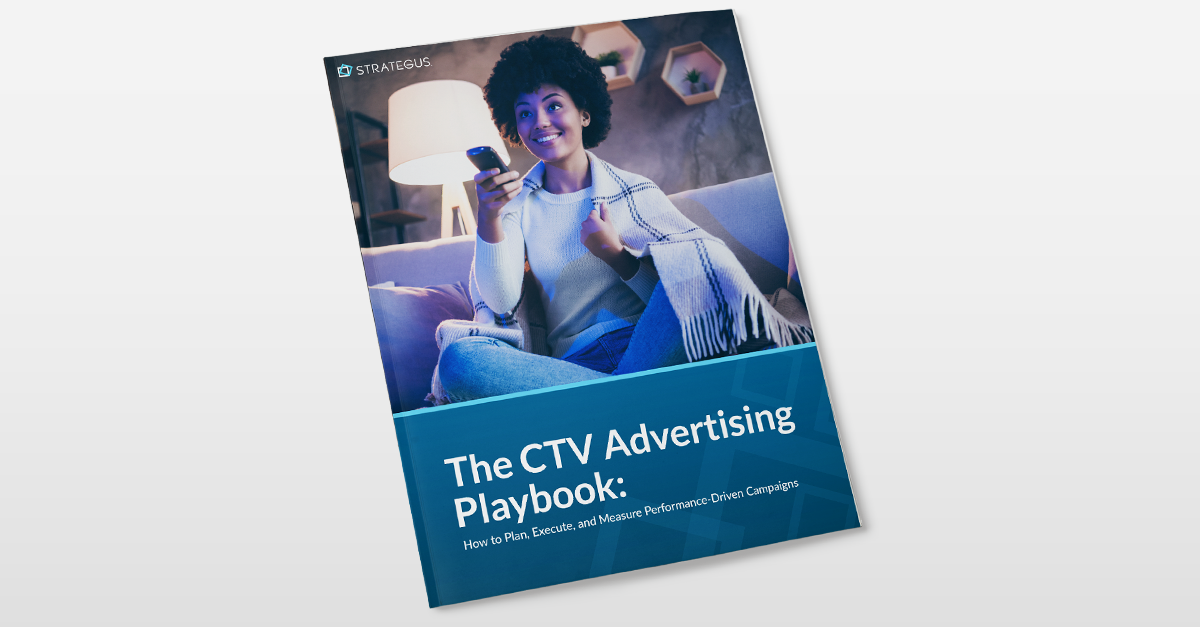- Home
- Strategus Blog
- AdWords Optimization: How to Build High-Performing Campaigns
AdWords Optimization: How to Build High-Performing Campaigns
 Andy Dixon
Andy Dixon
2 minutes read

Starting this month, we’ll be diving into optimizing AdWords campaigns, and the in’s and out’s of the AdWords platform to effectively produce results that you desire. Each post hereafter will focus on how to optimize individual metrics and how they affect one another.
Before a campaign is launched there are what I like to call pre-optimizations that we can put into place so that campaigns are running cost effectively from the beginning.
To achieve pre-optimizations, we’ll conduct the following during a paid search account build.
1. Ensure a proper account structure, where we have multiple campaigns with limited ad groups within each campaign, and with limited keywords within each ad group.
a. Spreading out our keywords and ad group in this way improves our ability to be nimble in our optimizations and prevents a certain ad group or keyword from engulfing an individual campaign’s spend.
2. Ensure the account structure follows AdWord’s best practices for increased quality score and ad rank, where we have multiple campaigns with limited ad groups with limited keywords (<10), where keywords have a consistent theme that is cohesive with the ads in that ad group and the landing pages the ads point to. Here's an example of what an adwords account structure should look like.
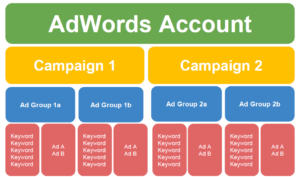
3. Setting up an account structure that focuses on ad rank (which is different from ad position), ensures we will achieve high quality scores, and affordable and relevant traffic for our campaigns.
4. During a campaign build utilize the right match types and negative keywords to drive the right traffic and prevent other traffic from getting in.
During a campaign’s lifetime, there are many levels to optimizing, as there are many metrics that can be influenced to achieve a client’s goals. Each metric is influential to one-another in some way, and making changes to affect one metric can have unforeseen outcomes, good or bad. Only experience can help you make predictions during optimization, and even the most experienced paid search optimizers experience unforeseen performance shifts. In our next post we’ll cover how to optimize for Impressions. Stay tuned!

Andy Dixon is a seasoned Content Writing Specialist at Strategus, renowned for his expertise in creating engaging and impactful digital content. With over a decade of experience in content creation, Andy has honed his skills in a variety of niches, ranging from technology and marketing to education.
Strategus is a managed services connected TV(CTV) advertising agency with over 60,000+ campaigns delivered. Find out how our experts can extend your team and drive the result that matter most.
Talk to an Expert
Seeking a Custom CTV Strategy That Delivers?
What to read next
App Event Tracking: Tie Mobile App Activity to CTV Campaigns
Let’s say you’re running a CTV campaign for a personal finance app.
5 minutes read

Stop Guessing Who Your Audience Is — Let Their Apps Tell You
Connected TV (CTV) targeting often falls in one of two camps.
8 minutes read
See Who Bought After Your Ad + How Much They Spent
You can’t improve what you can’t measure. And for years, that’s been a major problem with TV advertising.
4 minutes read
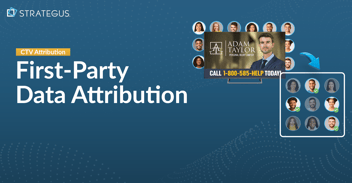
First-Party Attribution: Match Ads to Sales With CRM Data
The value of first-party data continues to grow.
7 minutes read



